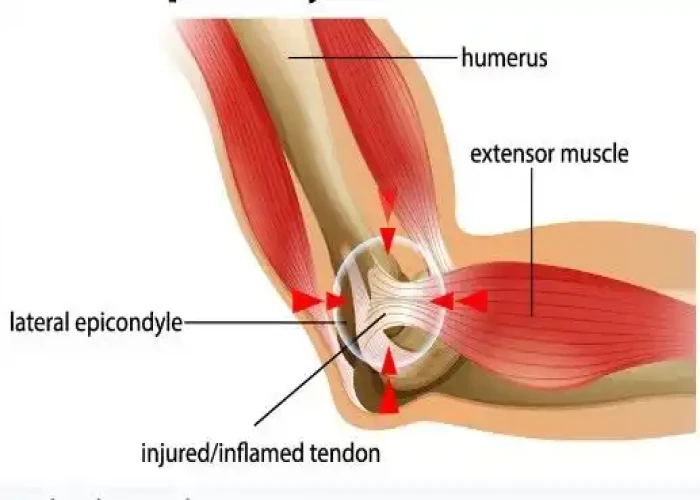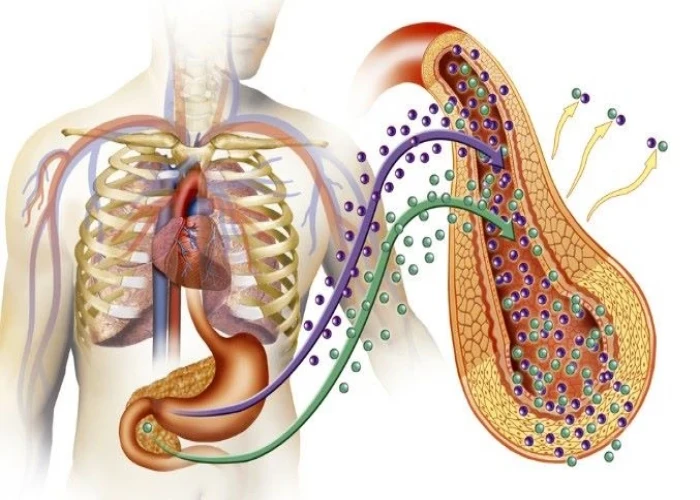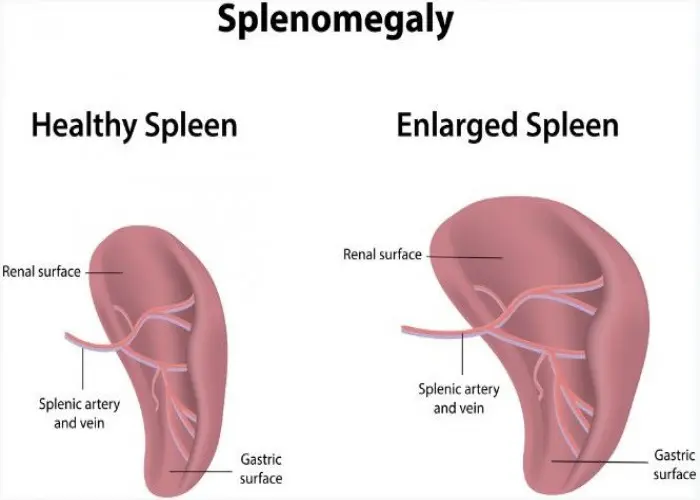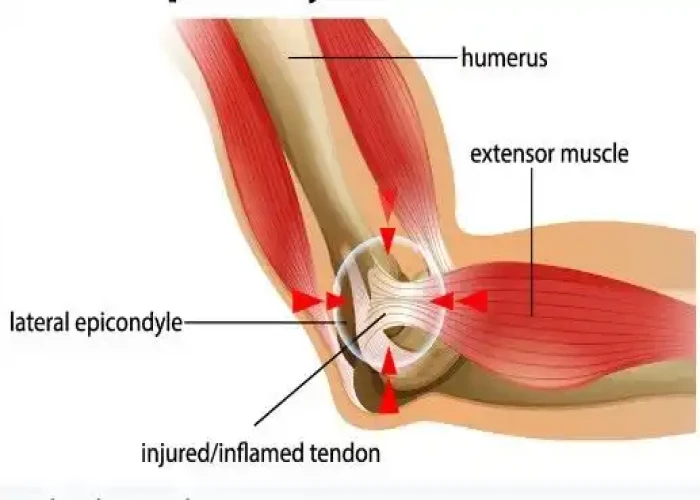 Welcome
Welcome
“May all be happy, may all be healed, may all be at peace and may no one ever suffer."
Tennis elbow

Tennis elbow, also known as lateral epicondylitis, is a type of tendinitis that affects the tendons that attach the forearm muscles to the outside of the elbow. Despite its name, tennis elbow is not just limited to athletes who play tennis, but it can occur in anyone who repeatedly uses their forearm muscles and tendons, such as painters, carpenters, and plumbers.
Tennis elbow is typically caused by repetitive overuse or strain on the tendons of the forearm muscles. This can lead to small tears in the tendons, which can result in pain, inflammation, and weakness in the affected arm. Common symptoms of tennis elbow may include pain and tenderness on the outside of the elbow, pain that worsens with gripping or lifting, and weakness in the affected arm.
Treatment for tennis elbow typically involves rest, ice, and over-the-counter pain medications such as ibuprofen or acetaminophen to help reduce pain and inflammation. In some cases, a healthcare provider may recommend physical therapy, a brace to support the elbow, or corticosteroid injections to help relieve symptoms. Surgery may be an option in severe or persistent cases.
Prevention of tennis elbow involves taking steps to avoid repetitive motions that can strain the forearm muscles and tendons. This may include taking frequent breaks during repetitive activities, using proper equipment or technique during sports or other activities, and performing exercises to strengthen the forearm muscles and improve flexibility.
It is important to seek medical attention if you suspect you have tennis elbow, as prompt treatment can help prevent the condition from worsening and improve the chances of a full recovery.
Research Papers
Disease Signs and Symptoms
- Elbow pain
- Limited mobility at the elbows
Disease Causes
Tennis elbow
Tennis elbow is an overuse and muscle strain injury. The cause is repeated contraction of the forearm muscles that you use to straighten and raise your hand and wrist. The repeated motions and stress to the tissue may result in a series of tiny tears in the tendons that attach the forearm muscles to the bony prominence at the outside of your elbow.
As the name suggests, playing tennis — especially repeated use of the backhand stroke with poor technique — is one possible cause of tennis elbow. However, many other common arm motions can cause tennis elbow, including:
- Using plumbing tools
- Painting
- Driving screws
- Cutting up cooking ingredients, particularly meat
- Repetitive computer mouse use
Disease Prevents
Disease Treatments
Tennis elbow often gets better on its own. But if over-the-counter pain medications and other self-care measures aren't helping, your doctor may suggest physical therapy. Severe cases of tennis elbow may require surgery.
Therapy
If your symptoms are related to tennis, your doctor may suggest that experts evaluate your tennis technique or the movements involved with your job tasks to determine the best steps to reduce stress on your injured tissue.
A physical therapist can teach you exercises to gradually stretch and strengthen your muscles, especially the muscles of your forearm. Eccentric exercises, which involve lowering your wrist very slowly after raising it, are particularly helpful. A forearm strap or brace may reduce stress on the injured tissue.
Surgical or other procedures
- Injections. Your doctor might suggest injecting platelet-rich plasma, Botox or some form of irritant (prolotherapy) into the painful tendon. Dry needling — in which a needle pierces the damaged tendon in many places — can also be helpful.
- Ultrasonic tenotomy (TENEX procedure). In this procedure, under ultrasound guidance, a doctor inserts a special needle through your skin and into the damaged portion of the tendon. Ultrasonic energy vibrates the needle so swiftly that the damaged tissue liquefies and can be suctioned out.
- Surgery. If your symptoms haven't improved after six to 12 months of extensive non-operative treatment, you may be a candidate for surgery to remove damaged tissue. These types of procedures can be performed through a large incision or through several small incisions. Rehabilitation exercises are crucial to recovery.
Disease Diagnoses
Disease Allopathic Generics
Disease Ayurvedic Generics
Disease Homeopathic Generics
Disease yoga
Tennis elbow and Learn More about Diseases

Penicillin allergy

Carpal tunnel syndrome

Pheochromocytoma

Enlarged spleen (splenomegaly)

Gastroparesis

Post-traumatic stress disorder (PTSD)

Seizures

Pelvic inflammatory disease (PID)
tennis elbow, টেনিস এলবো
To be happy, beautiful, healthy, wealthy, hale and long-lived stay with DM3S.
